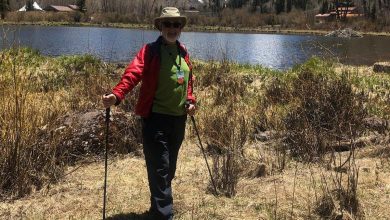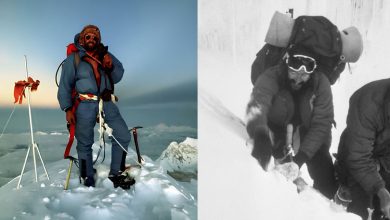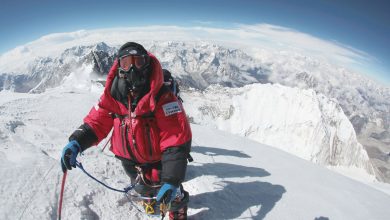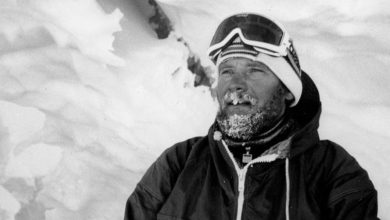Scott Fischer: How Did He Die In 1996 Everest Disaster?
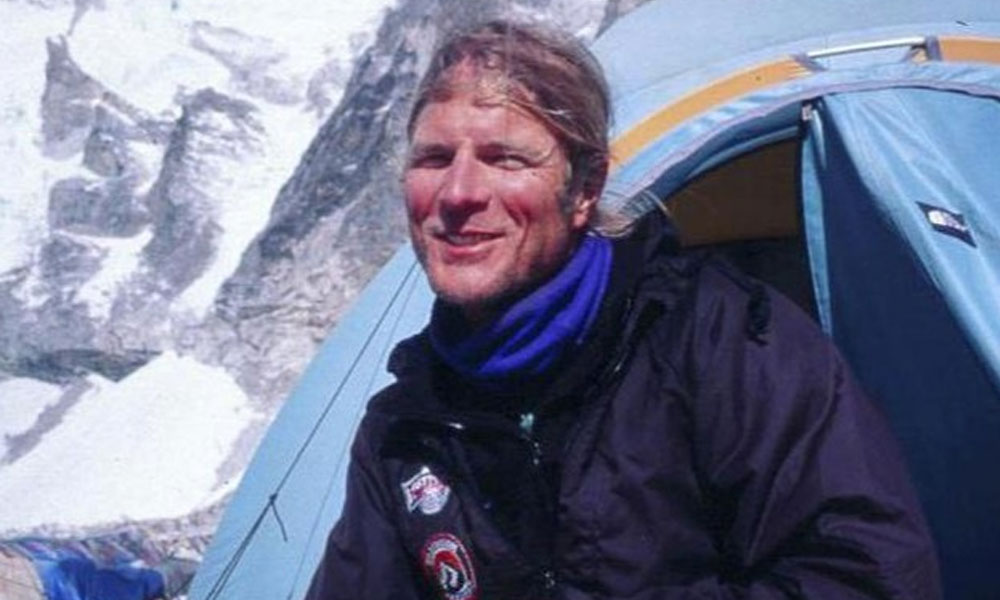
Scott Fischer was an American mountaineer and guide born on December 24, 1955, in Michigan, The United States of America. Fischer had always been very keen on mountain climbing. He is best known for climbing the world’s most dangerous and tallest peaks without supplemental oxygen. Unfortunately, his love and passion for the mountains became the cause of his death as well.
Scott Fischer has made many expeditions in his life that are still cherished by many mountaineers worldwide. Fischer’s best climb to this day has to be that of Mount K2 and Mount Everest. He climbed Mount K2 without any artificial oxygen, and this mountain has to be considered more dangerous than even Mount Everest. He, along with Charley Mace and Ed Viesturs, set a record as mountaineers when they did so!
We have written everything you may want to know about Scott Fischer and how he died in 1996, stay tuned till the end of this article to know more!
Who was Scott Fischer?
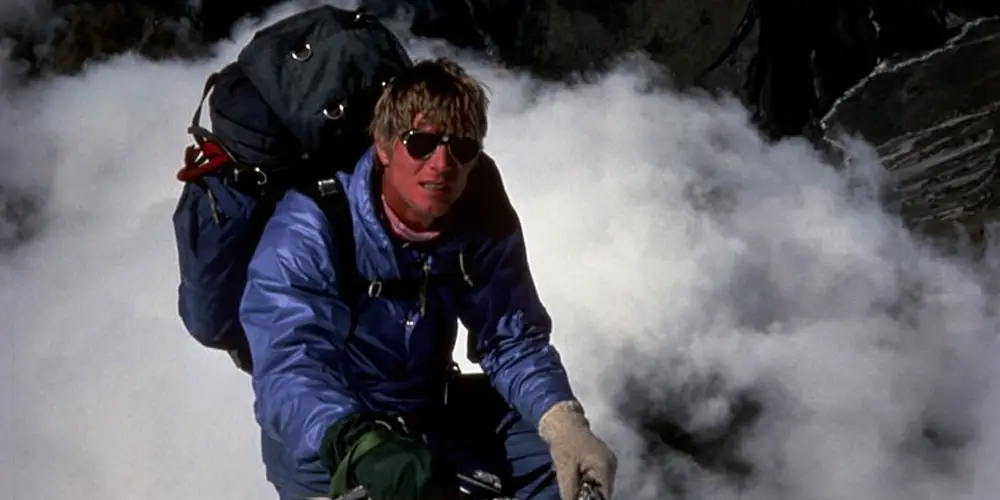
Scott Fischer was an American mountaineer and guide who died in the 1996 Mount Everest disaster. Though only eight people died in the disaster, Fischer happened to be one of those mountaineers who passed away in the incident.
Scott was born to Shirley and Gene Fischer in 1955 in America. However, he belongs to a Dutch, Hungarian, and German background. The mountaineer spent most of his childhood in New Jersey and Michigan. Scott developed a love for mount climbing very early in his life. When he was in school in 1970, Fischer watched a documentary on National Outdoor Leadership School (NOLS) with his dad at his home in the Basking Ridge section of Bernards Township, New Jersey. This triggered his interest in mountains. In the summer of the same year, he went to the Wind River Mountains of Wyoming. He spent the rest of his summers in the mountains itself.
His love for mountaineering was not short-lived, and he graduated from Ridge High School in 1973 and pursued his first job as a full-time instructor in NOC.
In 1977, he took his love for mountaineering to a different level and took an ice climbing seminar organized by Jeff Lowe in Utah. He climbed solo in the vertical formation while scaling the frozen Bridal Veil Falls in Provo Canyon. The whole event was rough for Fischer as he fell head-first from hundreds of feet on the ice. He was left stranded on the ice until help arrived. The other mountaineers got him an axe and managed to save his life. Though Scott came out alive, he seriously injured his legs in the accident.
Fischer and Wes Krause successfully scaled the Breach Icicle on Mount Kilimanjaro in Africa in 1984. They became the second to scale the icicle after Reinhold Messner and Konrad Renzler, who did the same in 1978.
Scott Fischer Mountain Madness
The mountaineer, along with his mountaineer friends Wes Krause and Michael Allison, decided to turn their love for the mountains into a commercialized passion and started a mountaineering agency called Mountain Madness. They would serve adventures through their company. The trio would collectively guide their clients in climbing the highest mountains in the world under Mountain Madness. Among many expeditions, the Russian American expedition 1992 to K2 almost proved fatal for Scott. He fell from an ice crevasse and tore a rotator cuff from his shoulder.
Though his doctor suggested that he rest for a specified time, Fischer was adamant about the advice and requested his friend to apply tape on his shoulder and rope on his waist so that he could continue his journey. Despite his injury, his stubbornness won over. And he successfully climbed Mount K2 after only two weeks after his accident. The first attempt for both Scott and his partner Ed Viesturs was a failure, as the duo had to stop to rescue Aleskei Nikiforov, Thor Keiser, and Chantal Mauduit. The second attempt, whatsoever, was successful. On their way down the mountain, Scott and his teammates met Rob Hall and Gary Ball in Camp II. They were seriously trying to recover from the altitude sickness in the mountain. It took some help from Fischer and his partner, along with other climbers, to help Rob and Gary descend to the base camp. Fortunately, all of them managed to descend successfully even then.
Eight students from Princeton University organized the 1993 Climb for the Cure on Denali (20,320 feet) in Alaska. Scott Fischer guided the climb. This expedition helped raise $280,000 for the American Foundation for AIDS Research. Likewise, in 1994, Scott and Rob Hess set a record by climbing the highest peak in the world, Mount Everest, without any supplemental oxygen. A part of this expedition also attempted to remove 5000 pounds of trash and 150 discarded oxygen bottles from the peak.
The mountaineer has climbed some of the highest peaks in the world to this day, including the tallest mountains on six continents except Vinson Massif in Antarctica. This expedition led to the team members winning David Brower Conservation Award from the American Alpine Club. Fischer and his team from Mountain Madness also raised a fundraising climb of Mount Kilimanjaro (19,341 feet / 5,895 m) in Africa in January 1996.
How did Scott Fischer die?
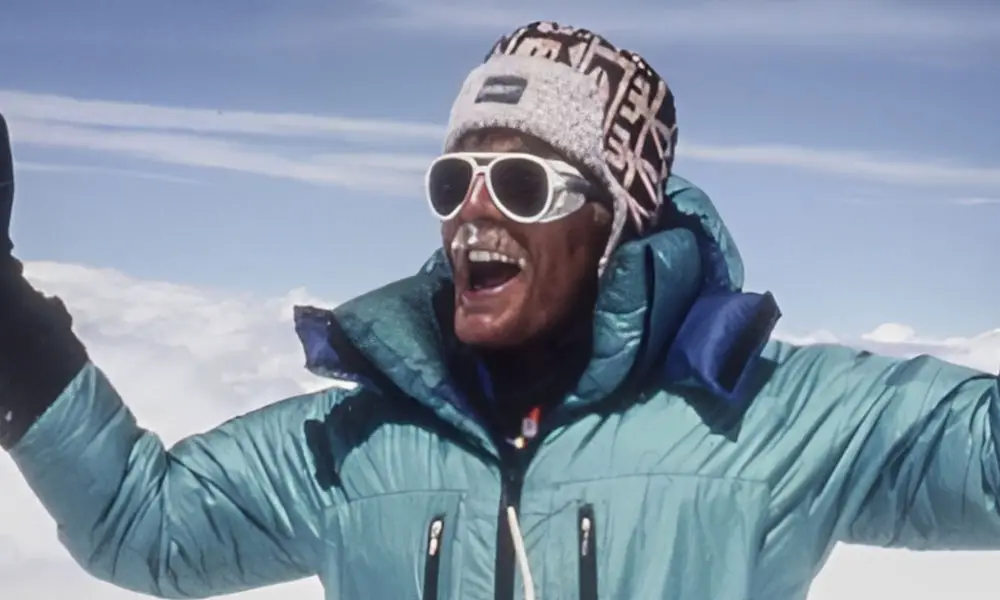
Scott Fischer’s love for mountains became the death of him as he succumbed to a disaster in Everest in the year 1996. Scott was guiding a team for an expedition to Mount Everest along with two other guides Neal Beidleman and Anatoli Boukreev, eight Sherpas who were being led by Lopsang Jangbu Sherpa, and eight clients from Mountain Madness, making a total of 18 team members. The team started their journey to ascend Mount Everest at 8848 meters by starting with their base camp at 5,364 meters on May 6, 1996. When he reached Camp II, Fischer learned that his friend Dale Kruse was sick and unable to get ahead of Camp I.
Scott could not leave his friend alone at Camp I. Hence, he descended from Camp II and went to Dale. The mountaineer took his sick friend and him back to the base camp and left him there. He then continued his journey to Camp II; his ascend to Camp III was slow and steady as he was extra careful with the climb. By May 9, he started ascending towards Camp IV, also otherwise known as the South Col (7,950m).
What happened to Scott Fischer?
Fischer successfully summited the mountain on May 10 after 3:45 pm. This time was not the safest as only 2 pm was the last safe time to summit the mountain. Many summiteers who attempted to climb the mountain were seen on the same day. The altitude, paired with the unsafe and untrustworthy time of the day, made it tougher for Scott to descend from the mountain.
He had most likely suffered from High altitude Pulmonary Edema, High-altitude cerebral edema, or even worse, a combination of HAPE and HACE. Lopsang Jangbu, who was guiding the Sherpas, parted ways with him after the blizzard. Scott so happened to have asked Jangbu to continue descending and requested him to send Russian mountaineer Boukreev back to him. Two Sherpas reached Fisher and “Makalu,” a leader of a Taiwanese expedition, with help.
View this post on Instagram
Unfortunately, the sherpas found Scott’s body unresponsive while Gau was fit enough to be carried to Camp IV. The sherpas even put an oxygen mask on Fischer but to no avail. Boukreev finally reached where Fischer was lying, and he was already dead by then. The cause of his death was extreme exhaustion and hypothermia. Boukreev recalls, “His oxygen mask is around the face, but the bottle is empty. He is not wearing mittens; his hands are completely bare. The down suit is unzipped, pulled off his shoulder, and one arm is outside clothing. There is nothing I can do. Scott is dead.” Furthermore, Scott Fischer was only 40 years old when he died.
While lying on the walking trail, Boukreev took his body from Mount Everest‘s trail and left it there. Lopsang died in another expedition to Mount Everest the same year, while Boukreev perished in an avalanche in Mount Annapurna.
Mountain Madness was later bought by Keith and Christine Boskoff a year after Scott Fischer died in 1997.
Scott Fischer Everest Body
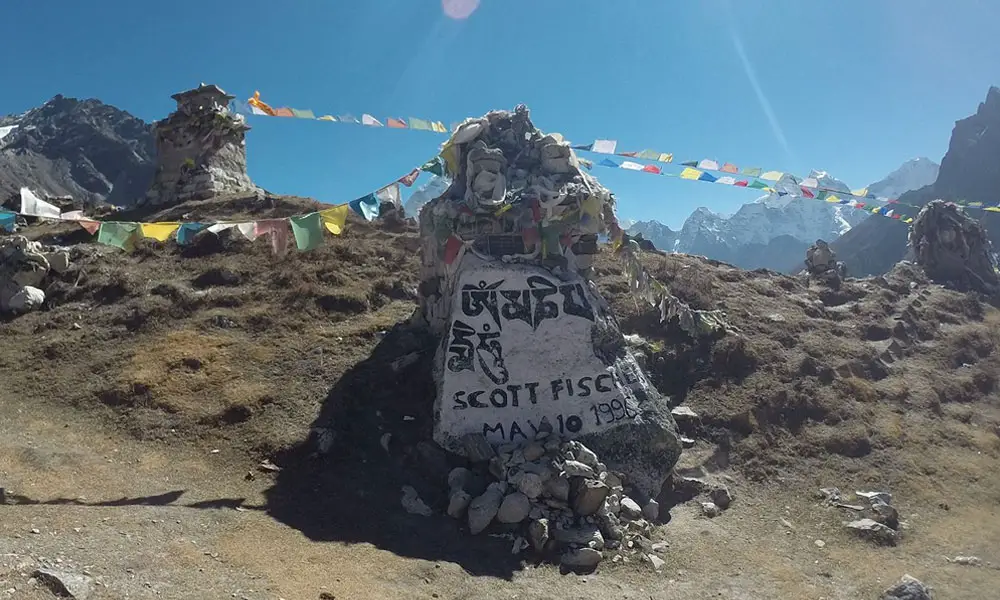
Scott Fischer’s body remains in Everest, along with many other brave mountaineers who lost their life in summiting the tallest mountain in the world. Bodies are left in the mountain for the other mountaineers to protect themselves. Once a person succumbs to the conditions of Mount Everest, there is no coming back for him. Hence, the same happened to Scott Fischer.
To anyone who may not know, Scott’s body has been stranded on Mount Everest since 1996. And yes, it remains there to this day.
His legacy has been portrayed through Into Thin Air: Death on Everest which was a TV documentary movie, and Everest, a 2015 film in which Jake Gyllenhaal played the role of Scott. Moreover, a memorial stupa has been set to remember Scott in Khumbu, a day’s walk away from the Everest base camp. Fischer’s legacy also remains through the Scott Fischer Memorial Conservation Fund, which was established by the American Alpine Club and helped in conducting environmentally friendly expeditions all around the world.
Moreover, the Western Breach Route in Mount Kilimanjaro has been dedicated to Scott, along with a plaque.
Scott Fischer Wife
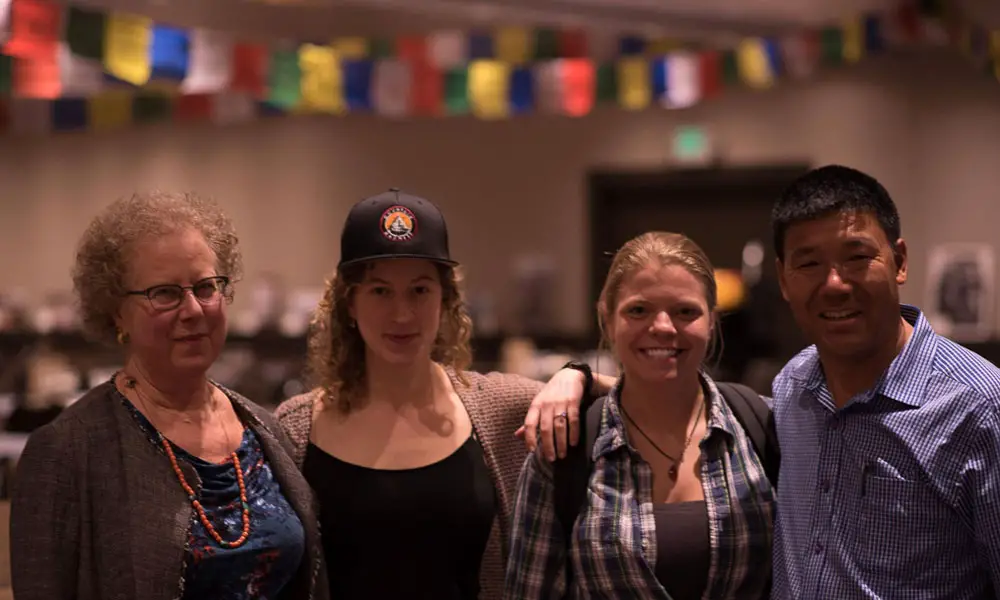
Jeannie Price met Scott Fischer as a student on a NOLS Mountaineering Course in 1974. The pair instantly clicked and got married in 1981. They moved to Seattle a year later, in 1982, and had two children, who were named Andy and Katie Rose Fischer-Price.
Also, read:
